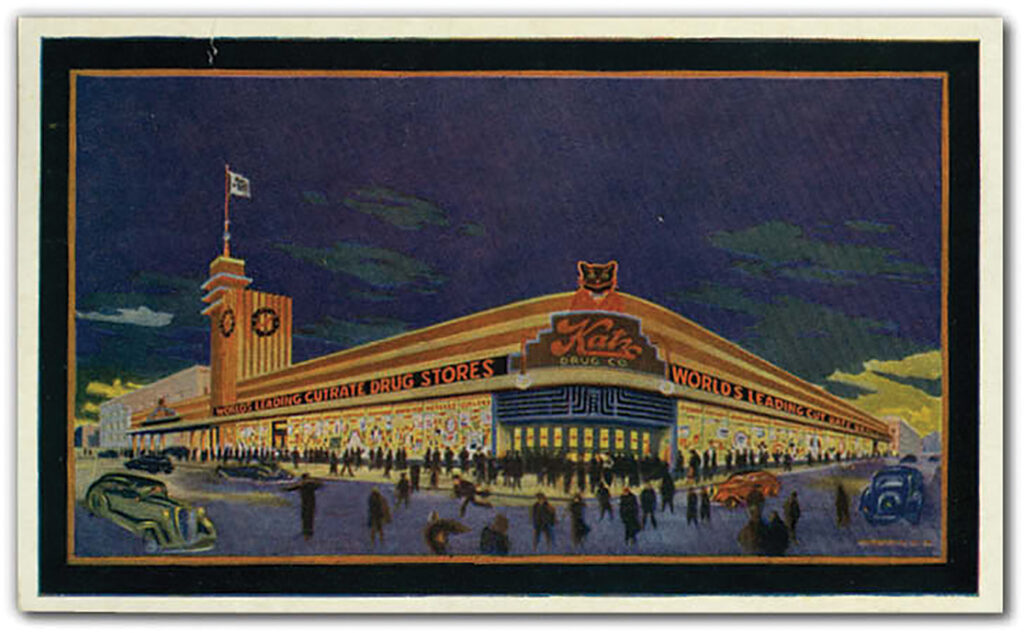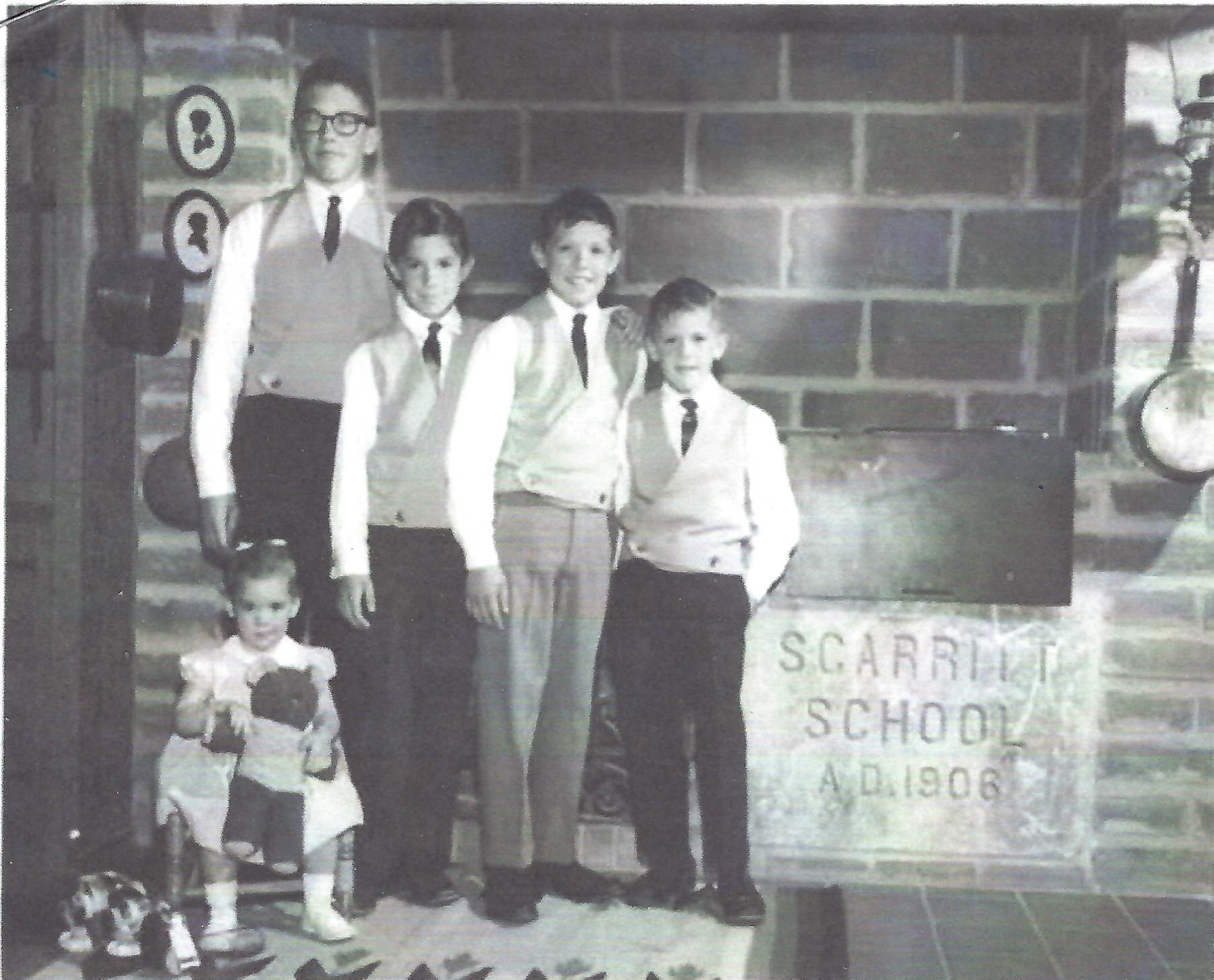
Michael Bushnell
Publisher
When Isaac “Ike” Katz was 13 years old, he quit school and went to work for the Great Northern Railway selling newspapers to help support his family that had emigrated from the Ukraine to St. Paul, Minn., in 1892.
Katz walked the aisles of passenger trains bound for the Klondike, hawking everything from newspapers to chewing gum and cigarettes. According to later interviews, the experience helped the young Russian immigrant think fast on his feet and seize opportunity quickly.
In 1898, Ike Katz settled in Kansas City, Mo., to open a fruit stand along Union Avenue. Soon his brother Mike came to Kansas City and opened a similar stand on Union Avenue, not far from Ike’s stand.
The two made a comfortable living peddling wares to railroad travelers coming through the Union Depot in the West Bottoms. The brothers, in 1914, expanded their operation by buying a storefront location in the Argyle building and another on the corner of Eighth and Grand Avenue.
The onset of WW I, however, brought a wartime curfew on businesses. The Katz brothers hired a pharmacist that allowed their “nonessential business” to remain open past the curfew in order for customers to procure their needed medications. The brothers also absorbed the newly imposed 10% tax on cigarettes, thus introducing their new tagline, “Katz pays the tax.”
In addition to the typical offerings of a drug store for the time such as a pharmacy, a small grocery and a soda fountain with a lunch counter, Katz stores also frequently sold home appliances, a large selection of records, Katz-branded beer, and even live animals at some locations.
The Katz brothers expanded quickly, pioneering the mass-market drug store chain that stores like CVS and Walgreens are modeled after today. The chain of between 65 and 70 stores in five states was sold to Skaggs in 1970 and then to Osco in the late 1980s, ultimately becoming CVS in the early 2000’s.
On March 18, 1930, the Katz family was the center of attention in Kansas City when Michael Katz was kidnapped just after he left his fashionable home on Ward Parkway. His Packard Sports Coupe was forced to the curb by two men in a Chrysler. One of the kidnappers jumped onto the running board of Katz’s car, struck him on the head and commandeered the vehicle after throwing a hood over Katz’s head.
Throughout the course of the day, the Katz family was instructed through a network of various crime associates to leave $100,000 cash wrapped in newspaper on the seat of a car to be parked on Reservoir Hill overlooking Cliff Drive. Two Katz associates did as instructed and as they walked away from the car with their eyes straight forward, heard a car approach, pause, then drive away. When they returned to the vehicle, the ransom money was gone.
Returning to the Sexton Hotel to await further instructions, a call came in to the switchboard at roughly 7:15 p.m. The voice on the other end of the call told them to go to the Concourse on Cliff Drive and park. “Your man is waiting for you there.”
Sexton Hotel Owner Louis Rose, along with other Katz associates, went to the Concourse and found Katz sitting under the Colonnade with the hood in his hand, unharmed. Although the ransom was paid with marked bills, the kidnapping has never been solved.
The stores sponsored a summertime baseball team in the local Ban Johnson leagues. Uniforms consisted of a navy blue ball cap featuring the famous Katz white cat logo and a grey jersey with “Katz” across the chest.
This week’s linen era postcard shows the Katz drug store at Westport Road and Main Street, complete with its black Katz sign and signature clock tower. Designed by prominent local architect and nephew of the Katz brothers Clarence Kivett it was built in 1934. The building is a classic example of the Art Deco style, popular throughout the country at the time.
The store has been vacant since 2006 and has been considered for a variety of uses over the years. Most recently, the City approved a developer’s proposal for tax breaks to turn the iconic Westport Road Katz location into luxury apartments after the threat of demolition loomed over the property.



















